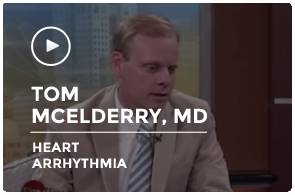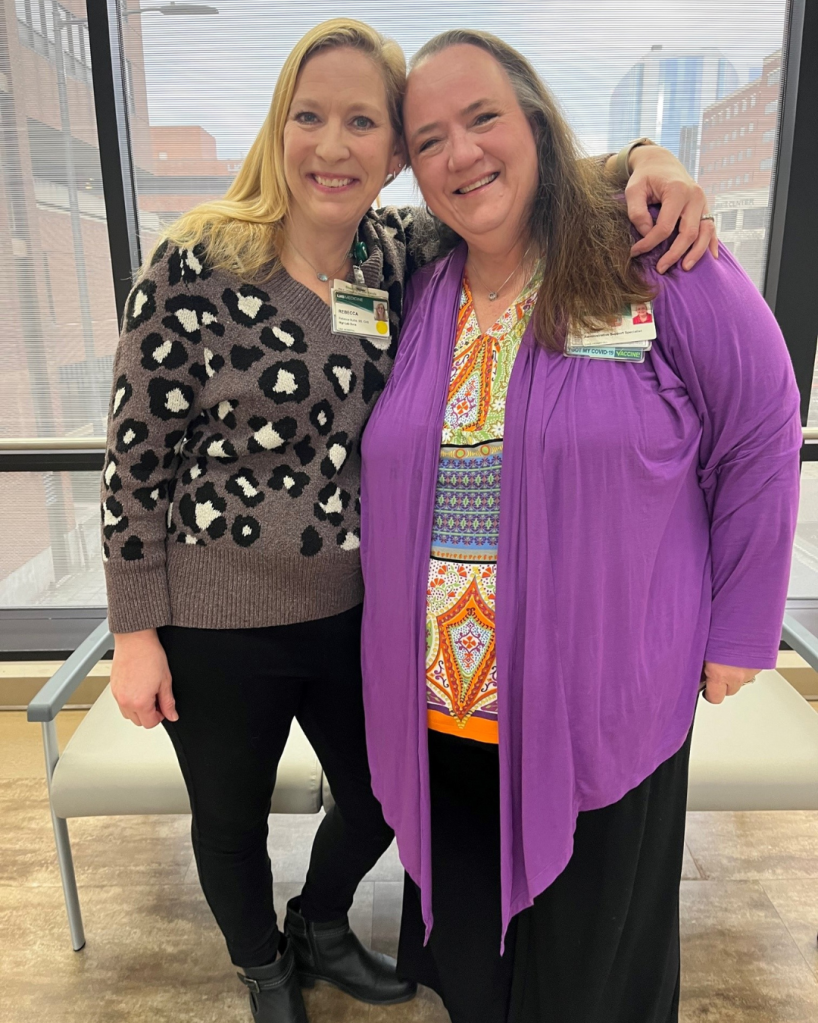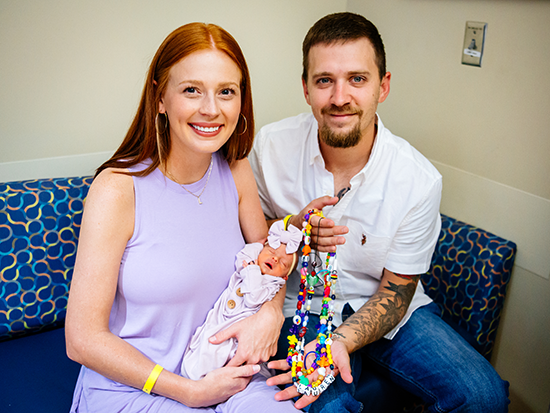What is ventricular fibrillation?
A normal heart’s coordinated pumping is powered by its own electrical system and efficiently pumps blood out to the body and back. In ventricular fibrillation (V-fib), which is a type of arrhythmia, the heart’s electrical signals fire rapidly and chaotically. This causes the lower pumping chambers (ventricles) to make rapid, weak, irregular contractions (fibrillate) instead of strong, rhythmic contractions. This action provides little or no blood to the circulatory system, leading to cardiac arrest.
What are the symptoms of ventricular fibrillation?
When ventricles are not able to pump blood out to the lungs and body, it can cause:
- Gasping or no breathing at all
- Collapse, loss of consciousness
- No pulse
- Sudden color change; flushed red or blue
- Cardiac arrest
How is ventricular fibrillation treated?
In emergency treatment, blood flow to organs throughout the body, including the brain, must be restored as soon as possible.
Emergency Treatments
- CPR (cardiopulmonary resuscitation) CPR can be done by anyone with some basic life support training
- Defibrillator, an external or implantable device that provide an electrical jolt to the chest to restore a normal rhythm to a heart that is beating too fast, too slow, or has stopped beating (sudden cardiac arrest). Individuals outside a hospital whose arrhythmia causes a heart stoppage may receive the electrical shock by emergency medical personnel with dedicated machines. Automated external defibrillators (AED) are increasingly available in offices or public places for use by nonmedical personnel. External defibrillators are also used in hospitals to restore normal heart rhythms. Patients who have had a sudden cardiac arrest may receive a surgically implantable cardioverter-defibrillator (ICD), which automatically produces a small shock to the heart in instances of abnormal heartbeats.
Post-emergency Care
If scarred tissue from a heart attack or heart defect are the cause of fibrillation, physicians may prescribe medications and treatments to reduce the risk for subsequent ventricular fibrillation.
Medication
- Beta blockers, such as atenolol or metoprolol, slow the heart rate and stabilize electrical activity.
- Calcium channel blockers, such as diltiazem or verapamil, slow the heart rate.
Treatments
- Implantable cardioverter-defibrillator (ICD) is a small device that’s placed in the chest or abdomen. Doctors use the device to help treat irregular heartbeats known as arrhythmias.
- Coronary angioplasty – Percutaneous Transluminal Coronary Angioplasty (PTCA), sometimes called percutaneous coronary intervention (PCI) or simply angioplasty, is a procedure in which a balloon attached to a guide wire is used to widen the opening within arteries to reduce or eliminate blockages and allow blood to flow more easily. Often done in lieu of open-heart surgery, the procedure also often involves the placement of a tiny mesh tube called a stent in the artery to support the opening and reduce the risk of narrowing again.
- CABG (Coronary artery bypass graft) – the damaged blood vessel is by-passed with grafts taken from blood vessels elsewhere in the body. The bypass effectively goes around the blocked area of the artery, allowing blood to pass through into the heart muscle. If blood supply to the heart increases, the risk of ventricular fibrillation decreases.
- Catheter ablation – also known as a cardiac ablation or radiofrequency ablation, this procedure guides a tube into your heart to destroy small areas of heart tissue that may be causing your abnormal heartbeat.
UAB Cardiovascular Institute delivers optimal patient care for heart rhythm disorders. You will be cared for by regional and world leaders in the treatment of heart arrhythmias such as atrial fibrillation, atrial flutter, ventricular tachycardia, Wolff-Parkinson-White syndrome, atrioventricular re-entrant tachycardia, and other heart rhythm abnormalities.
Our physicians evaluate the newest treatments and technologies and author professional publications that advance the field of arrhythmia treatment. Their extensive experience and academic backgrounds ensure that they are familiar with all types of heart rhythm disorders. Our academic medical center performs more than 600 heart rhythm-related procedures each year, and our success in treating all types of complex arrhythmias is well-documented. Our electrophysiologists have access to the UAB Cardiovascular Institute, one of the largest of its kind in the Southeast. It features the most advanced technology available, including four procedural suites dedicated to electrophysiology (the electrical signals in the heart). At UAB Medicine you are part of a program that carries out pioneering work in atrial fibrillation and advanced pacemaker and cardioverter defibrillator design.
Videos

Resources
Related Specialties
- Arrhythmia
- Atrial Fibrillation
- Cardiac Catheter Ablation
- Cardioversion
- Heart Palpitations
- Premature Ventricular Contraction
- Wolff-Parkinson-White Syndrome
Clinical Trials
Speak to your physician about your options and browse the link below for more information
Latest News
View All News-
UAB researchers evaluate the efficacy of new cardiovascular disease risk equation in multiple studies
June 24, 2025
-
Voucher awards will accelerate spatial biology research
April 2, 2025
-
How to help children develop heart-healthy habits
February 27, 2025
-
“A blessing to be able to be here” — UAB employees provide fellow employee lifesaving care after cardiac arrest
February 11, 2025
-
Women’s heart health: Here is what you should know
February 3, 2025



